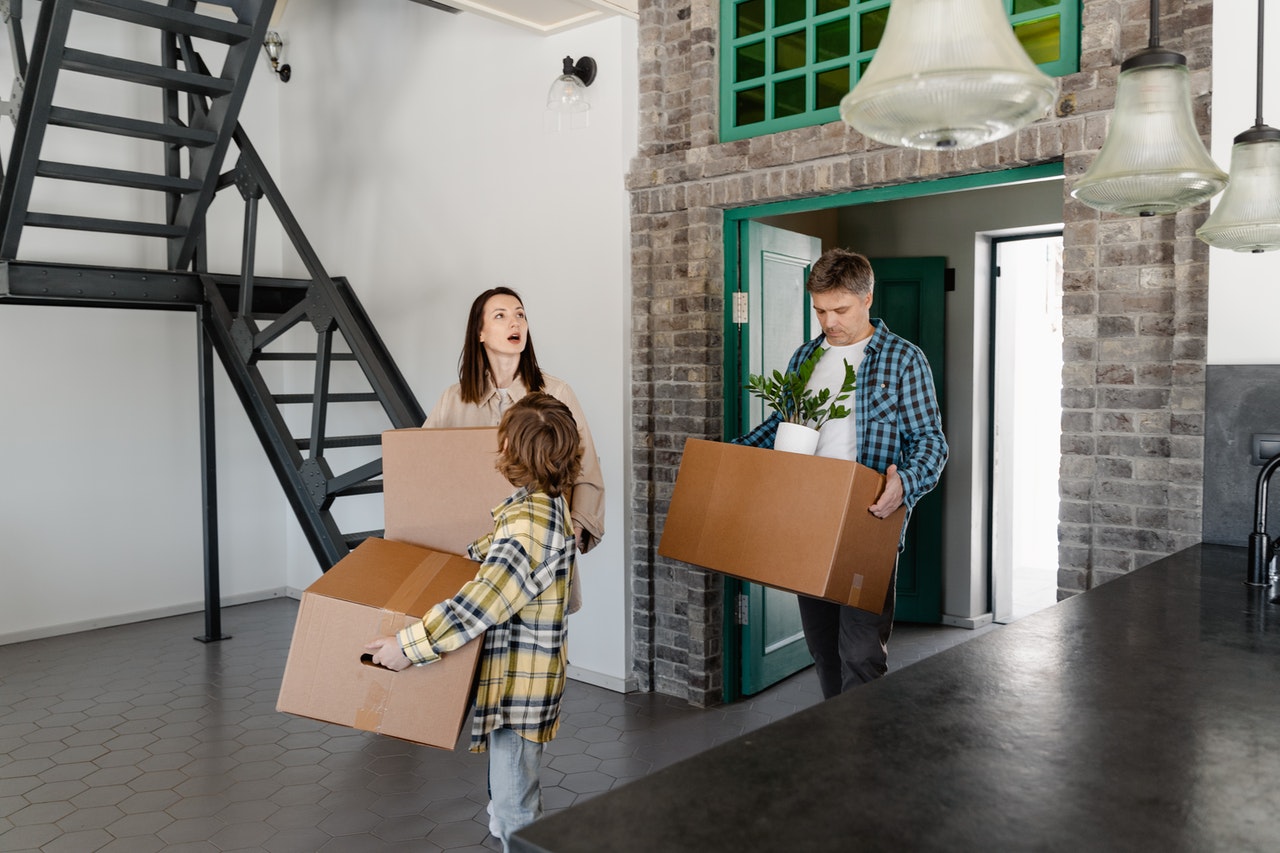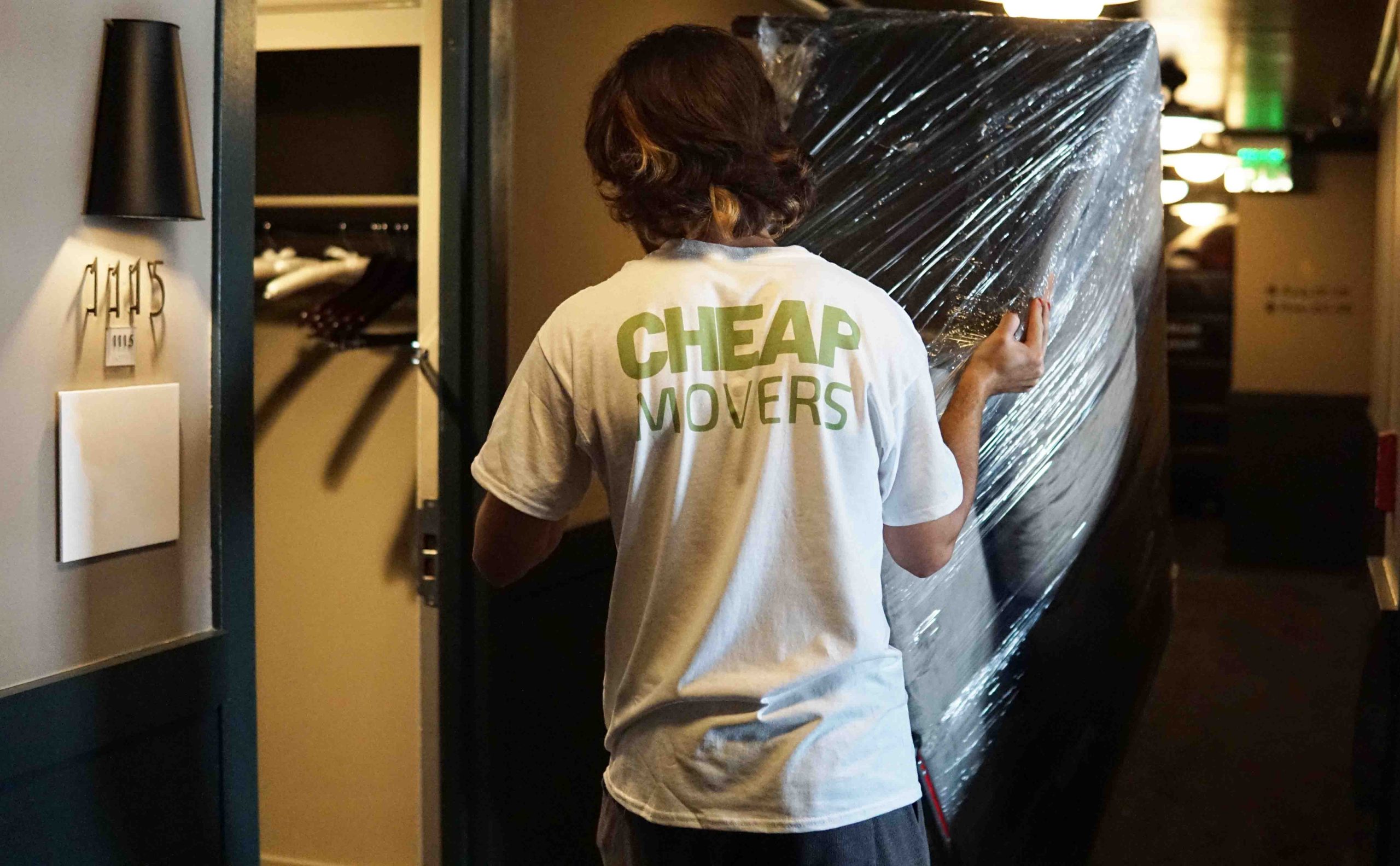15 Tips for Moving House With Kids- Step-by-Step Guide for Families
You’ve found your dream home–the perfect place to start a family. It’s a magnificent new house with a big yard, friendly neighbors, great parks, and excellent schools. You’ve made it through the hardship of buying a home and selling your old one; now, all you have to do is navigate the adjustment with your children. As a result, we’ve compiled a list of 15 tips for moving house with kids in this blog.
Due to the packing, hauling, and adjusting to a new environment, moving to your perfect house may quickly turn into a nightmare for you and your family. Use these hints to make your move as painless as possible while keeping your young campers happy.
How do you tell your kids that they’re moving?
The relocation must first and foremost be communicated to your children. While you may be concerned about settling into a new region and rearranging your furnishings in a different pattern, your move will uproot and turn your children’s whole world upside down. They would undoubtedly struggle to adjust to the new environment since they will lose familiarity and acquaintances. Fortunately, there are a number of things you can do to help your children adapt to their new environment.
Please keep them informed as soon as possible. If you’re considering a move, your children are probably already aware of the situation. So let them know as quickly as possible about your intentions to help them prepare and to make them feel involved.
Provide them with sufficient information. Your children may want more information than a general description of where and when you will be relocating, depending on their age. Make sure they’re aware of important details like the first day you’ll be in your new house, what life will be like while you’re packing, and whether or not they’ll be sharing rooms.
Assist them in identifying reasons to be enthusiastic. On their own, your children will come up with a number of reasons to be uninterested. They’ll need your help becoming excited about leaving their old friends and moving to a new place.
Answer the questions. Allow your children to ask you questions and honestly answer them to put them at ease. They can be worried about keeping in touch with old friends or adjusting to their new school.
Assist them in grasping their feelings. This is one of the most important things you can do to help your children. They will have solid and terrifying sensations that they may not understand or know how to deal with. To help your children understand and healthily cope with their emotions.
15 things to think about while relocating with your kids
After you’ve informed your children about the intended migration, it’s time to buckle down and get everything ready. You may face challenges such as keeping track of youngsters, dealing with grouchy attitudes, and lugging crates full of heavy toys and books. Here are 15 tips for getting through a move with kids.
Start earlier than you think is required. Moving day sneaks upon you, and you find yourself packing boxes and scrubbing floors at breakneck speed while waiting for the moving truck to arrive. So begin packing and deep cleaning as soon as possible to ensure that everyone in your family is prepared for the big day.
Make a moving week schedule. Sit down with your kids and make a schedule for the week leading up to your move. For example, determine which meals your family will eat and where/how they will eat them. Create packing schedules to reduce last-minute stress—plan who will travel in which car and how everyone will get safely to your new home.
Make a to-do list for yourself. Recruiting your children to assist you with minor duties prior to your relocation is a win-win scenario for all of you. Provide them with checklists that include cleaning duties and items that must be packed before moving.
Maintain a regular routine. Having a set schedule is helpful for young minds. Furthermore, the most effective way to lessen uncertainty and relieve stress in your children is to ensure that your family’s plans and habits are not disrupted throughout the moving process.
Make the most of your time without children. What could be more complex than packing your entire life into a few cardboard boxes? You’re attempting to run home while doing so. Make naptime packing time and finish as much work as you can while your kids are in school.
Boxes of various colors. Keeping boxes organized is difficult, especially when you have a lot of little helpers. Use colorful stickers or tape to label each box for a quick and easy kid-approved organizational option.
Ensure that everyone has a sleeping bag. In addition, make sure that each family member has a duffel bag with all of their belongings. Use these bags for your last night at your old place and your first night at your new place.
Toss it out if you’re unsure. Broken crayons, old school assignments, buckets full of old toys, and other objects of this nature are common among children’s belongings. Between their old garbage and your old trash, you probably have a dozen boxes full of items you don’t need to pack. Get rid of as much junk as possible to save time and packing tape.
Make every effort to be as devious as possible. Children form bonds to waste in addition to obtaining it. So take things away at night, during school hours, or any other time when kids are unlikely to notice. I tell you that after the paper shreds are gone, your youngster will not miss them.
Maintain a positive attitude. Maintain a positive attitude during the relocation process since your children will catch up on your enthusiasm. This is especially important while settling into a new home because your children are likely to feel nervous.
Make an investment in a babysitter. Send your kids to a babysitter’s house while you and your partner do something exciting on a date night. And by “get busy,” I mean “as rapidly as possible pack boxes.” Aside from date nights, hiring a sitter is an excellent option for younger children who aren’t in school, as well as for relocating during the summer when none of your children are in school.
Allow your children to participate in the decision-making process. Allowing your children to make some decisions and participate in the moving process might help them feel more in control of their environment. Inquire about their opinions, and let them help you make crucial decisions–or at the very least give information.
Take pictures of your former home. Saying goodbye to your previous residence will be difficult if your children are like others. Taking photos, creating memory books, and saying one last farewell, on the other hand, may help your children feel less anxious about going.
Allow plenty of time for acclimatization. It might take a year or more for your children to adjust to their new surroundings. Be patient with your children and expect strong feelings at first.
Make friends with the people who live next door. Allowing your children to make new friends can help them adjust and settle in more quickly. It will also keep them engaged, enabling you to complete the unpacking process.
How do you pack for a trip with kids?
Even if you’ve done everything you can to get your children excited about the impending move, they’ll still dislike the process of packing. They’ll most likely fight you at every point and break into already-packed boxes while you’re away. Unfortunately, there is no one-size-fits-all answer for stress-free packing with kids, but few ideas are to consider.
Sorting
The vast majority of children will be unable to do this task independently. Your children may need some guidance (think preteens), or you may be able to handle everything on your own, depending on their age (think toddlers and babies). Sort everything into three categories: keep, throw away, or sell/donate.
Incentivize people
If your kids are dragging their feet when packing and organizing, it doesn’t hurt to provide a small gift as a motivator. For example, when your children have packed everything, you may offer to let them keep any money from the sale of their old stuff or to allow them to pick a new item for their new room. In addition, incentives are a novel way to make packing less of a chore for everyone.
Make it a competition
Nothing makes kids happier than picking on their siblings in any situation. So, to take advantage of this competitive atmosphere, turn packing into a gigantic game. Allow your children to pack as much as they can throughout each “round” of packing. Everything must be wrapped nicely to gain credit, and the winner will receive a prize.
How to get rid of old toys?
Give your unwanted and unloved toys a second chance by giving them instead of throwing them away. Donating is more than just a way to get rid of stuff; it’s also a way to educate your kids about giving and charity activity.
Remember how I told you to be sneaky? While it’s a good idea to chuck out broken pencils and year-old math assignments while your kids aren’t looking, make sure they’re actively involved in deciding which items to donate. Assist youngsters in comprehending that the toys they no longer play with might be given to another child who would adore them without reservation.
Conclusion
It doesn’t take a mathematician to figure out that adding children to an already stressful situation increases the level of stress. However, if you follow our 15 tips for moving house with kids and make an effort to prepare your children ahead of time, engage them in the moving process, and keep your cool, you’ll have a much easier experience.




